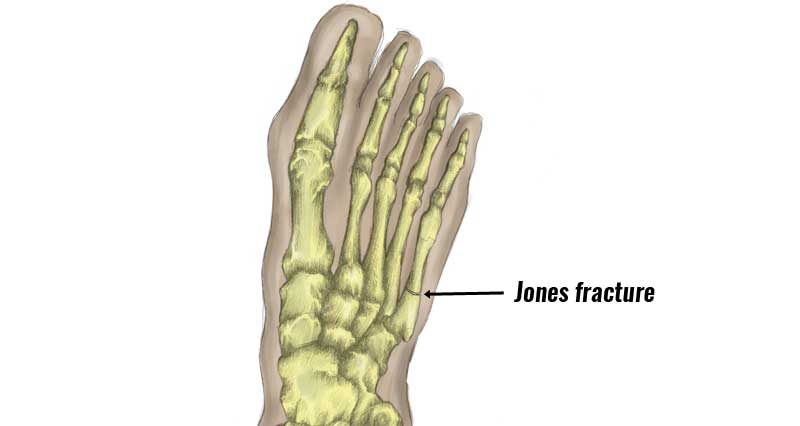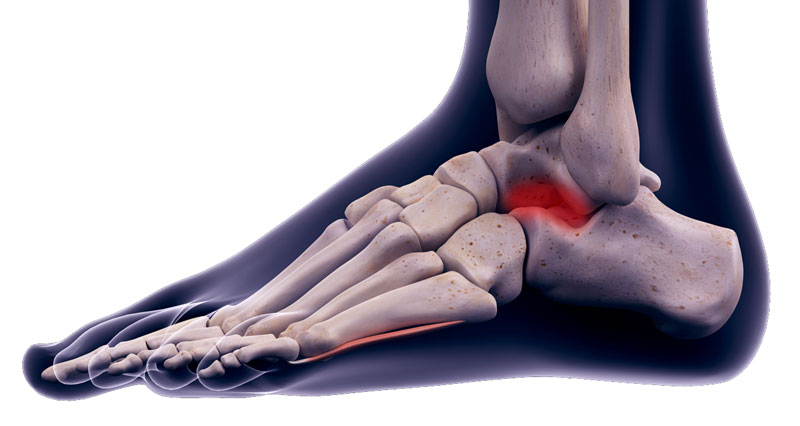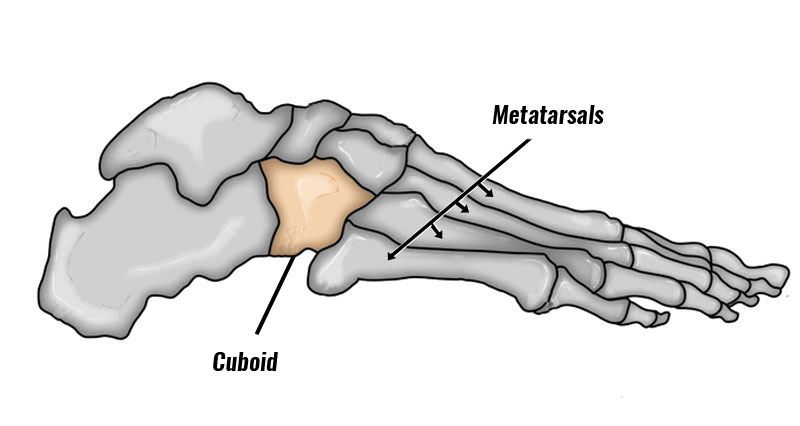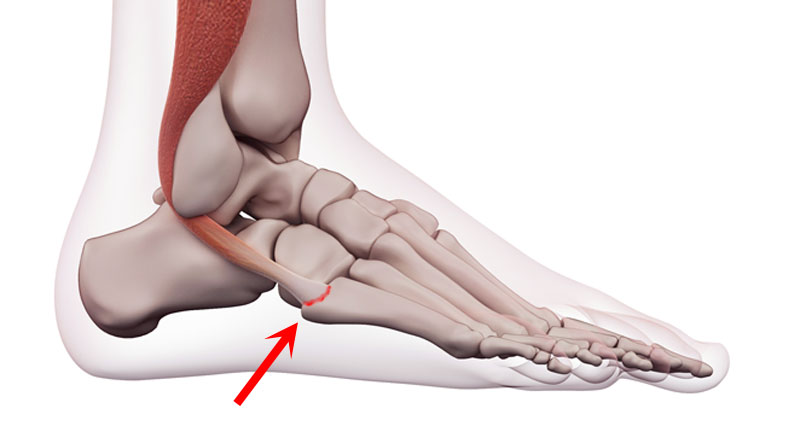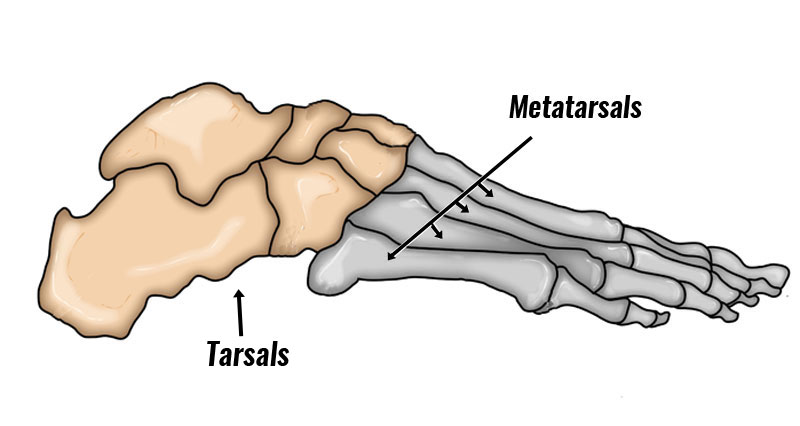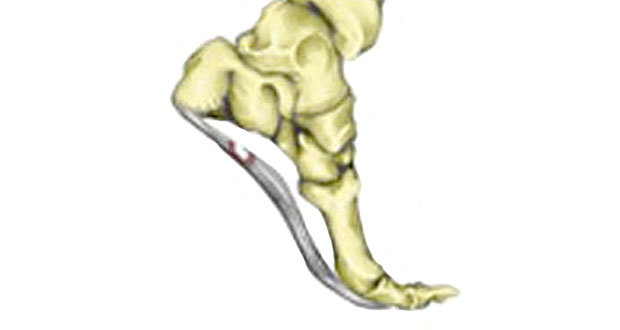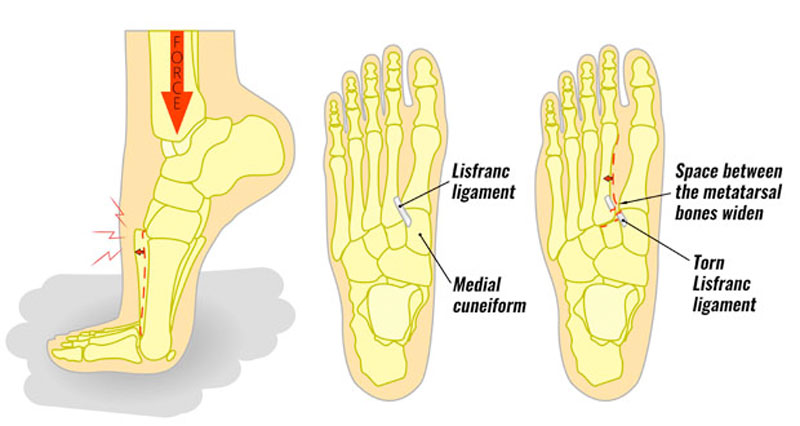Jones fracture is a fracture of the 5th metatarsal bone on the outside of the foot. It occurs through overuse, or following a severe ankle sprain.
Medically reviewed by Dr Chaminda Goonetilleke, 20th Jan. 2022
Signs & symptoms
Breaking any bone is painful. Symptoms of a Jones fracture are:
- Sudden pain at the base of the 5th metatarsal. This is the long bone on the outside of your foot.
- There will be tenderness at the point of injury on the outside of the foot.
- You will be unable to bear weight on the foot.
- Your foot may also appear deformed.
Imaging
An X-ray helps diagnose a Jones fracture.
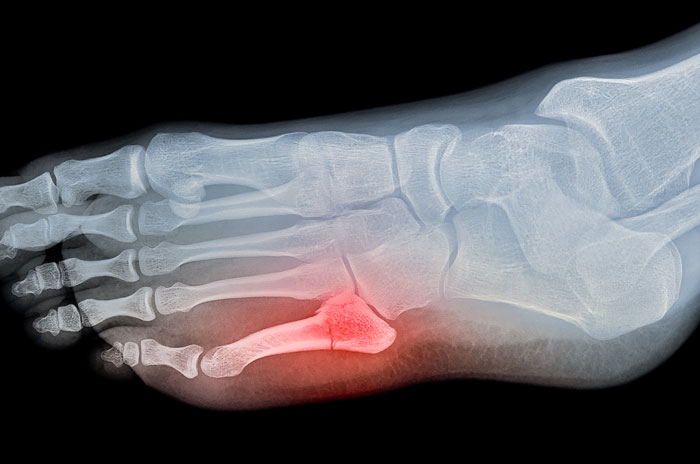
Causes
Jones fractures occur following severe ankle sprains or overuse.
Ankle sprains
Severe inversion ankle sprains may cause a Jones fracture. When your ankle rolls over (inverts) the sole of your foot faces inwards. This results in stress on the 5th metatarsal causing the bone to break.

Technical Running Socks
Overuse
It may also result from overuse, especially repetitive impact on the outer foot. Over time bone stress injury occurs.
Treatment for Jones fracture
Jones fractures are first identified with diagnostic X-rays.
Immobilization
Initial treatment usually means the patient has to wear a cast for 6-8 weeks. This immobilizes the foot and prevents weight-bearing activity. If the fracture fails to heal during this time then surgery is indicated.

Buy Ankle Supports
Jones fracture surgery
Surgery for a Jones fracture of the foot involves placing plates and screws in the bones to hold them in place while they heal. Often Surgeons prefer to place a screw in the bones to hold them in place immediately rather than wait.
Return to sport is shown to be quicker with this method of surgery (around 2 to 4 weeks). However, this does make it more likely the individual will re-fracture the bone.
The time taken to return to full training after a surgical fixation operation is around 8 weeks, although it is recommended for full healing to be seen on a radiographic image before full training is resumed.
